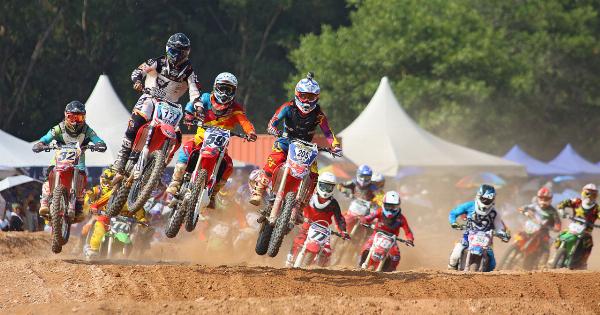It is a well-known fact that during puberty boys experience many changes, one of which is the growth of their penis. The penis growth cycle is divided into several stages, and many people wonder when this cycle reaches its end.
In this article, we will explore the different phases of the penis growth cycle and when it typically stops.
The Different Phases of the Penis Growth Cycle
Stage 1: Tanner Stage 1
The Tanner scale is a system used to measure physical development in children and adolescents during puberty. Tanner stage 1, also known as prepuberty, is the first phase of the penis growth cycle.
During this stage, the penis and testicles are still in their childhood size and have not started to grow yet.
Stage 2: Tanner Stage 2
During Tanner stage 2, which usually occurs around 11-12 years of age, the penis begins to grow in size. At this point, the penis may appear longer than before, but it is not yet fully developed.
The testicles also start to get larger, and pubic hair begins to grow.
Stage 3: Tanner Stage 3
By the time a boy reaches Tanner stage 3, which usually occurs around 13-14 years of age, the penis has grown significantly in size and shape. The testicles also continue to grow, and pubic hair becomes darker and curlier.
Stage 4: Tanner Stage 4
During Tanner stage 4, which usually occurs around 14-15 years of age, the penis has almost reached its full size. The testicles have also grown to their adult size and shape, and the pubic hair has filled in completely.
Stage 5: Tanner Stage 5
Tanner stage 5, also known as adult development, is the final phase of the penis growth cycle. At this point, the penis has reached its full adult size and shape.
The testicles may continue to grow slightly, but they are mostly the size they will be for the rest of the man’s life. Pubic hair also continues to grow and spread to the inner thighs and abdomen.
When Does the Penis Growth Cycle Stop?
It is difficult to pinpoint the exact age at which the penis growth cycle ends as it varies from person to person. However, research suggests that most boys reach their adult penis size by the time they are 17 years old.
After this age, there may still be some small changes in penis size due to factors such as weight gain or loss.
It is important to note that while the penis growth cycle may have ended, the penis can still undergo changes throughout a man’s life. These changes may be due to age, health conditions, sexual activity, and other factors.
Factors That Affect Penis Size
While the penis growth cycle plays a significant role in determining the size of a man’s penis, there are other factors that can affect penis size. These include:.
Genetics
Genetics play a crucial role in determining the size and shape of a man’s penis. Studies have shown that penis size is largely influenced by genetics, with heritability estimated at around 80 percent.
Hormones
Hormones, such as testosterone, play a crucial role in male sexual development. Testosterone is responsible for the growth of the penis and testicles during puberty, and it also helps to maintain penis size and function throughout a man’s life.
Age
As men age, their testosterone levels naturally decline, which can lead to a decrease in penis size and function.
Additionally, older men may experience other health conditions, such as erectile dysfunction, that can affect their penis size and function.
Health Conditions
Health conditions such as obesity, type 2 diabetes, and heart disease can also affect penis size and function. These conditions can lead to reduced blood flow to the penis, which can cause erectile dysfunction and other issues.
Sexual Activity
Sexual activity can also affect penis size and function. Men who engage in regular sexual activity may experience increased blood flow to the penis, which can help to maintain penis size and function.
Conclusion
The penis growth cycle is a series of stages that occur during puberty, leading to the development of a man’s adult penis size and shape.
While most boys reach their adult penis size by the time they are 17 years old, the penis can still undergo changes throughout a man’s life due to factors such as age, health conditions, and sexual activity.





























